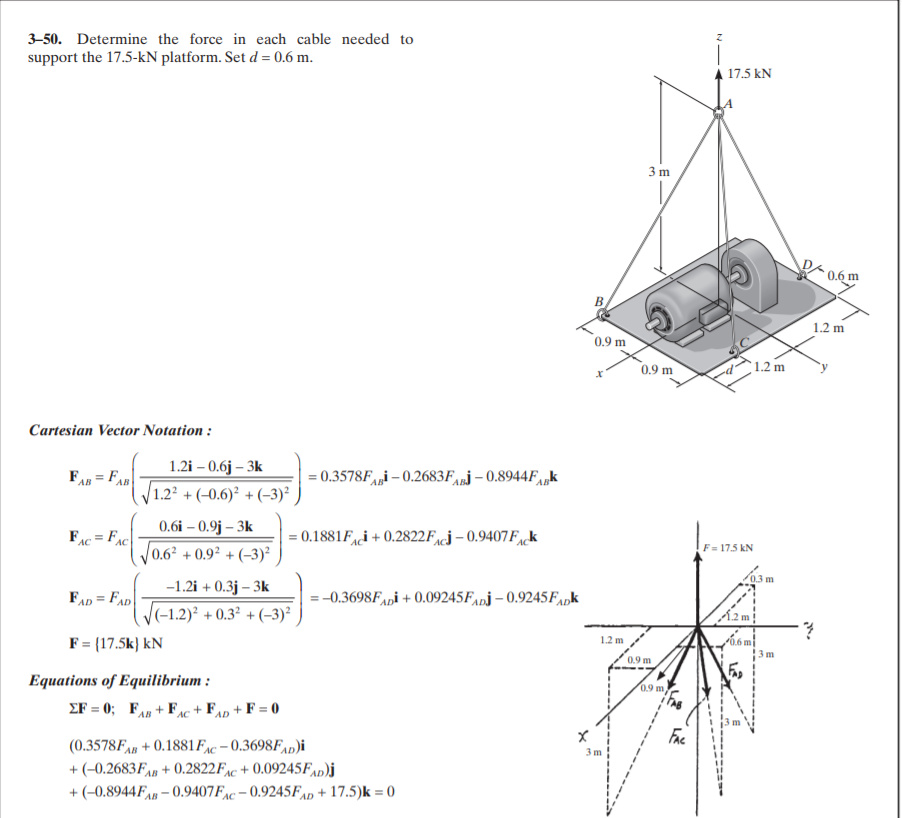Create 1 Program, in C++, to Solve Engineering Problems. Your programs must include the following elements: 1. Welcome Message 2. Problem Description Message (background, required inputs & expected results) 3. Set/Capture Input Data 4. Perform the Main Process (corresponds to the Engineering Problem) 5. Display Results, feedback, and Comments (Based on results) 6. Goodbye Message Rules: - You can select your Engineering Problems from the Engineering Problems Source document - You must select two different Problems from the source document. - You can select only available problems that were not already selected by another group, selection is on first-come, first-serve basis. - Problems Selection (booking) will be done in the Telegram Group. - After 7 days, groups that did not select problems, will be assigned problems at random Bonuses: - Include Validation (whenever User input is involved) - Solve Multiple Engineering Problems in one program (user can select from main menu) - Add export data option to write results/findings into an external document - Include Plotting/Visualization in your program (using graphics libraries) - Add main menu options, i.e. select program, export data, plot data, restart, quit, etc. - Use advanced/new concepts not taught in class - Any other feature (code readability, good UI, Processing effects, etc.)
Create 1 Program, in C++, to Solve Engineering Problems.
Your programs must include the following elements:
1. Welcome Message
2. Problem Description Message
(background, required inputs & expected results)
3. Set/Capture Input Data
4. Perform the Main Process
(corresponds to the Engineering Problem)
5. Display Results, feedback, and Comments
(Based on results)
6. Goodbye Message
Rules:
- You can select your Engineering Problems from the Engineering Problems Source document
- You must select two different Problems from the source document.
- You can select only available problems that were not already selected by another group,
selection is on first-come, first-serve basis.
- Problems Selection (booking) will be done in the Telegram Group.
- After 7 days, groups that did not select problems, will be assigned problems at random
Bonuses:
- Include Validation (whenever User input is involved)
- Solve Multiple Engineering Problems in one program (user can select from main menu)
- Add export data option to write results/findings into an external document
- Include Plotting/Visualization in your program (using graphics libraries)
- Add main menu options, i.e. select program, export data, plot data, restart, quit, etc.
- Use advanced/new concepts not taught in class
- Any other feature (code readability, good UI, Processing effects, etc.)
![Cartesian Vector Notation :
1.2i – 0.6j – 3k
FAB = FAB
/1.2² + (-0.6)² + (-3)²
= 0.3578Fgi – 0.2683F,j – 0.8944FAK
0.6і - 0.9ј — 3k
FAC = FAC
= 0.1881F,ci+ 0.2822Fxcj – 0.9407F,k
V0.6? + 0.9² + (-3)²
F= 17.5 kN
0.3 m
-1.2i + 0.3j – 3k
FAD = FAD
=-0.3698Faņi + 0.09245F,pj – 0.9245F,,K
|(-1.2)² + 0.3² + (-3)²
F= {17.5k} kN
1.2 m
0.9 m
Equations of Equilibrium :
0.9 m
EF = 0; FAg + FAc
+ FAn + F = 0
Fae
(0.3578FA5 + 0.1881FAC – 0.3698FAD)i
3 m
+ (-0.2683FAB + 0.2822F,C + 0.09245FAD)j
ac+
+(-0.8944FAg – 0.9407F,c – 0.9245FAD + 17.5)k = 0
Equating the i, j and k components, we have
0.3578FAn + 0.1881F,c – 0.3698F,p = 0
-0.2683F + 0.2822F,c + 0.09245F,Ap = 0
-0.8944FA – 0.9407F,c – 0.9245F,p + 17.5 = 0
[1]
[2]
[3]
Solving Eqs. [1], [2] and [3] yields
F, = 6.848 kN
Fxc = 3.721 kN
FAD = 8.518 kN
Ans
Ans
AC
Ans](/v2/_next/image?url=https%3A%2F%2Fcontent.bartleby.com%2Fqna-images%2Fquestion%2Ff2ebf2d2-e51d-4921-8949-88495a7da542%2Fb1e9e302-f4fa-4c96-adad-fdcc7f1644a9%2Flhswgze_processed.png&w=3840&q=75)

Step by step
Solved in 4 steps with 1 images









